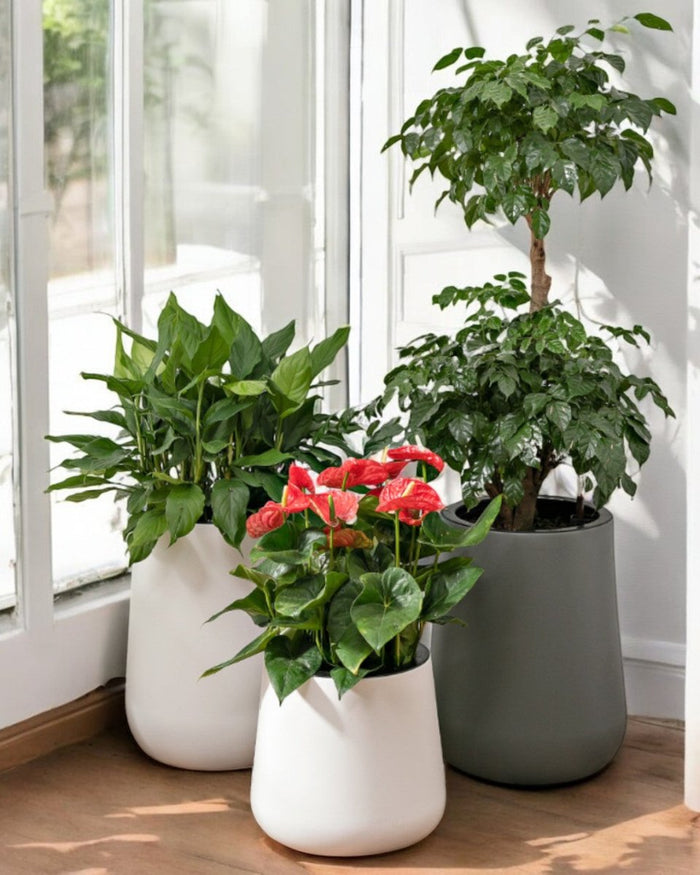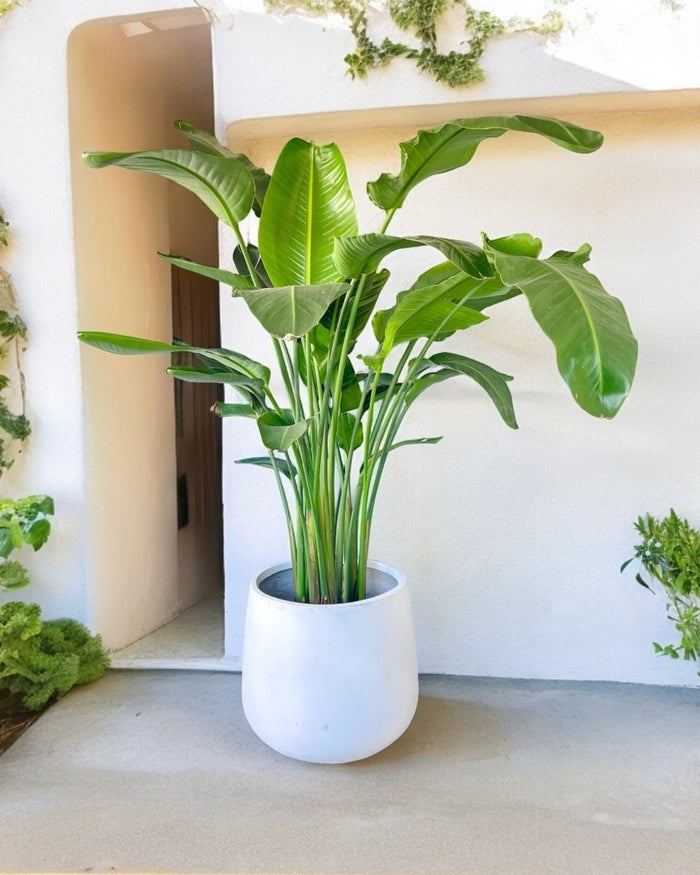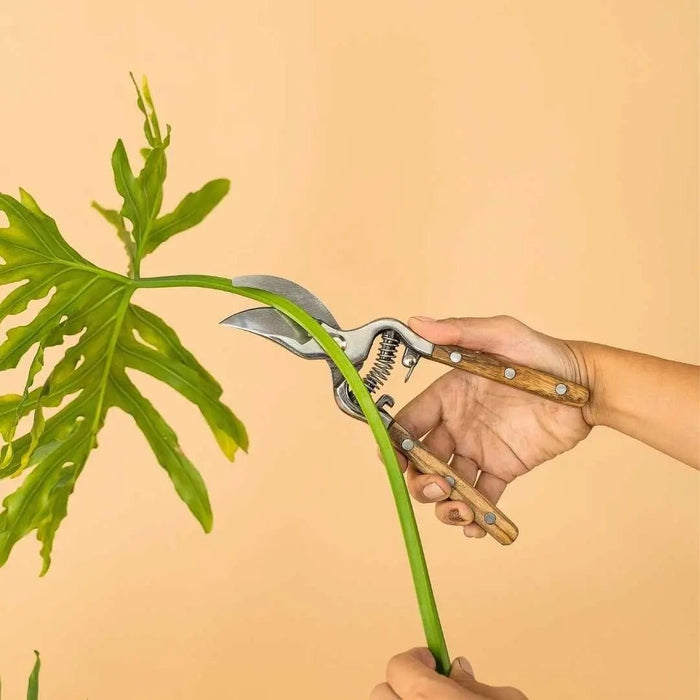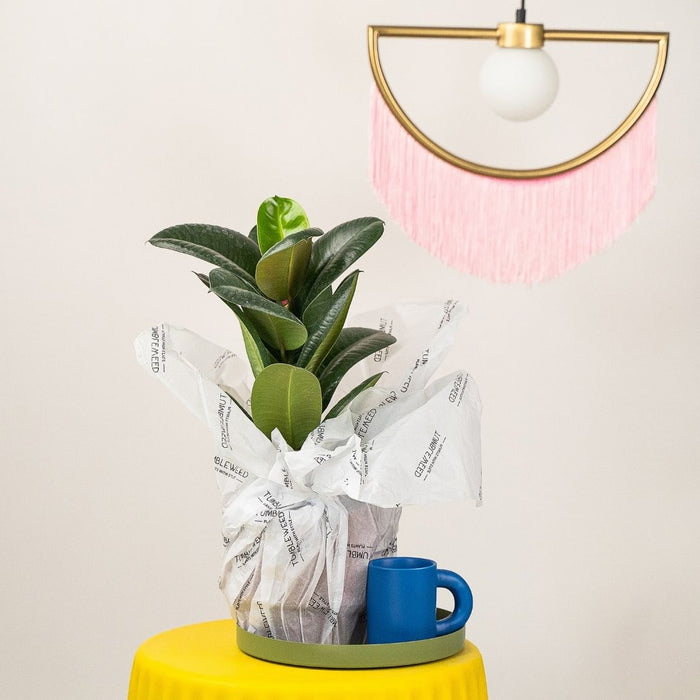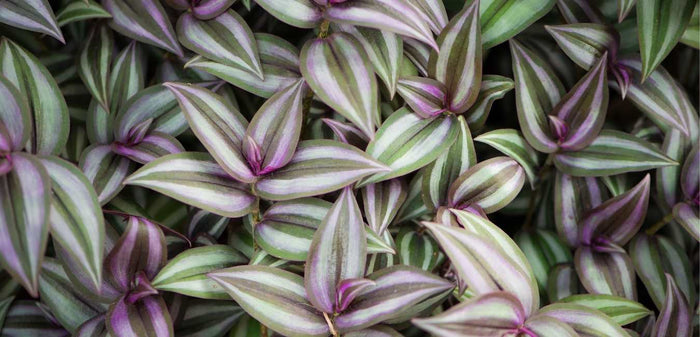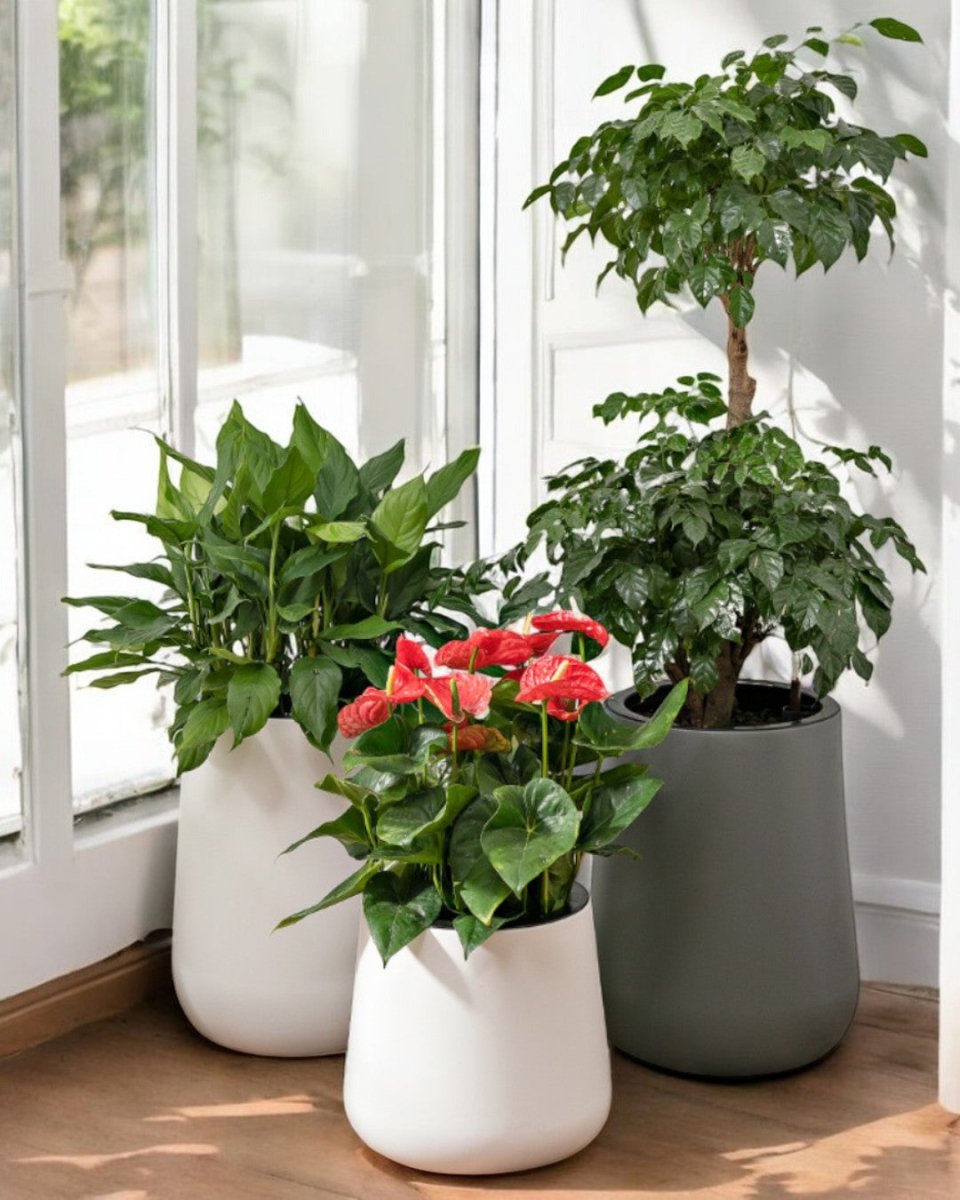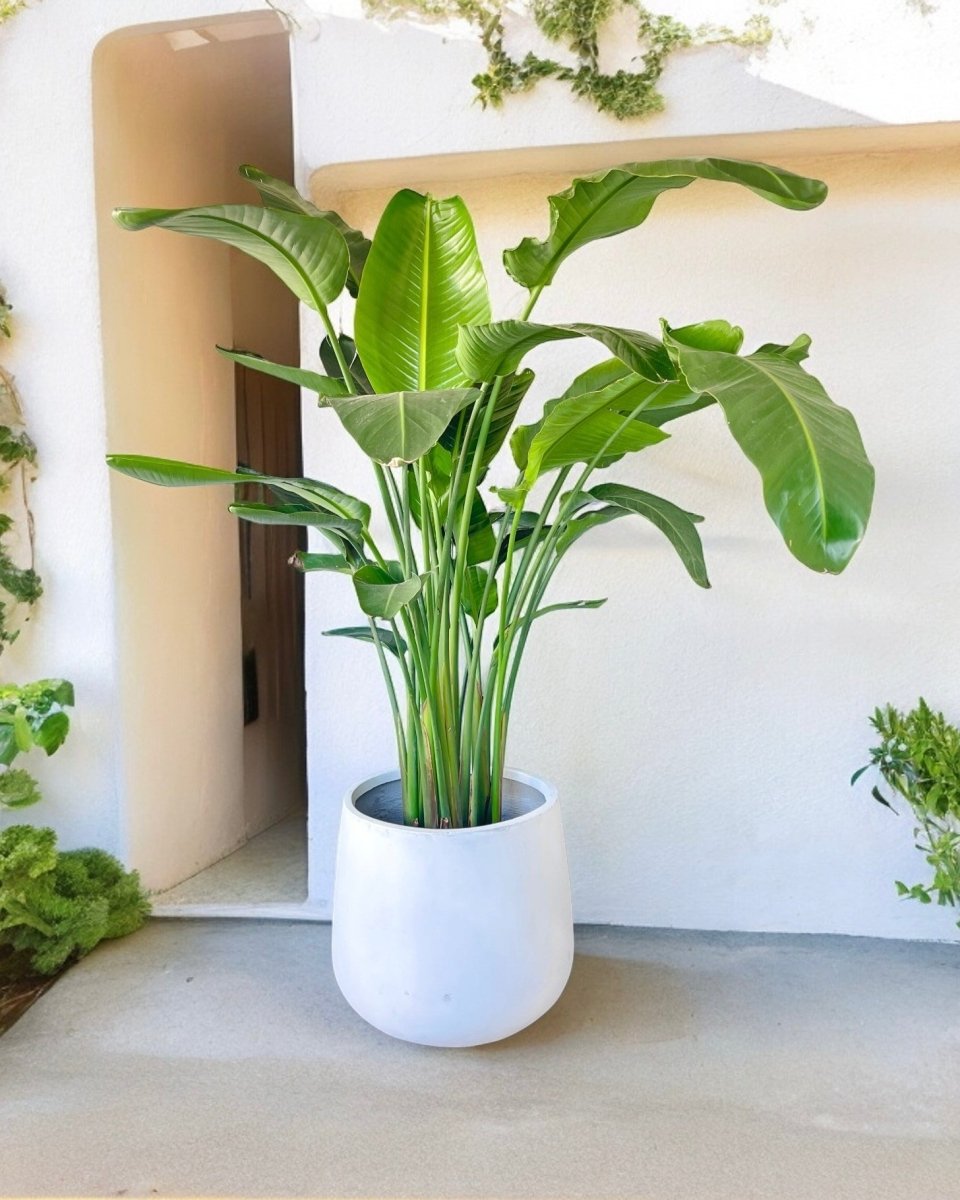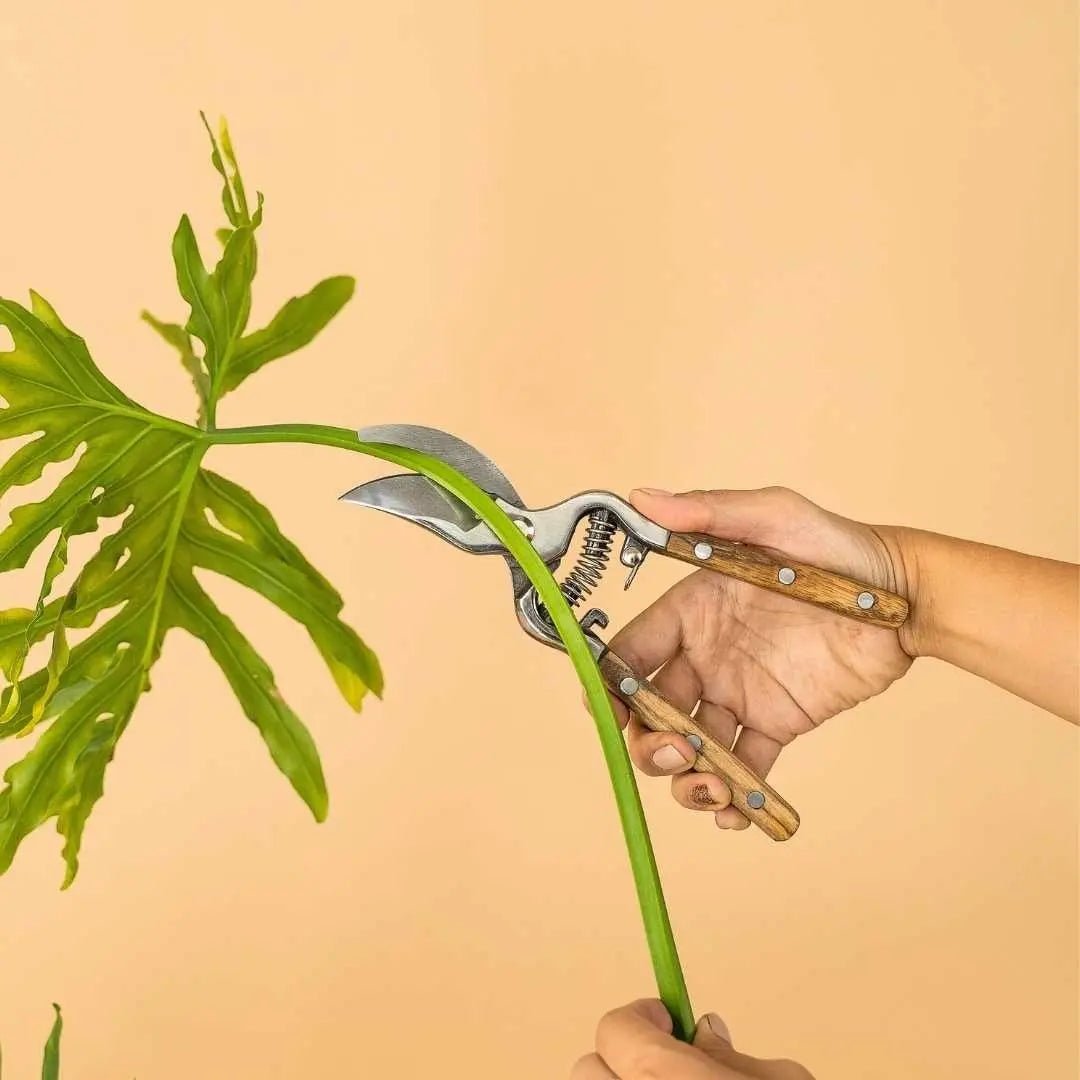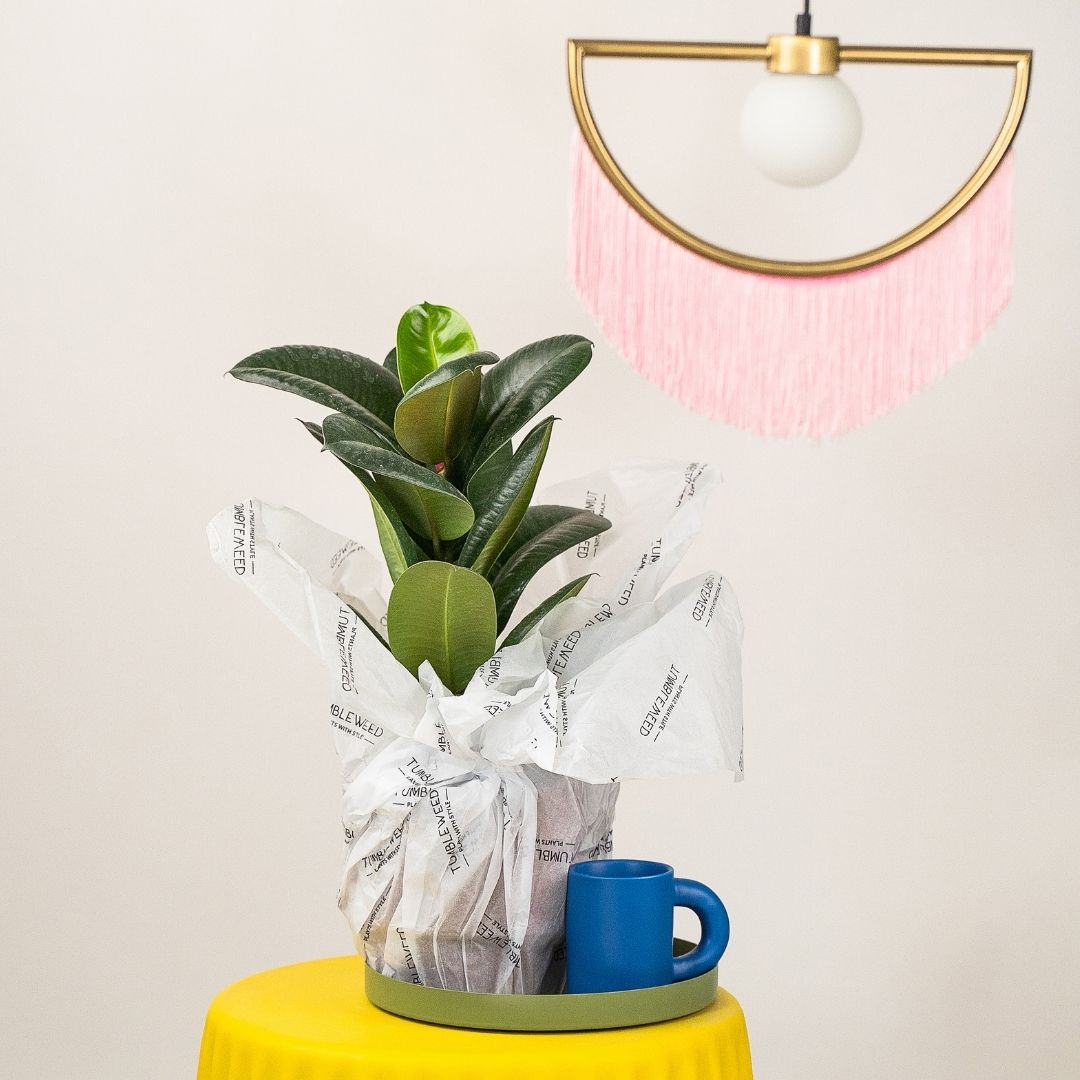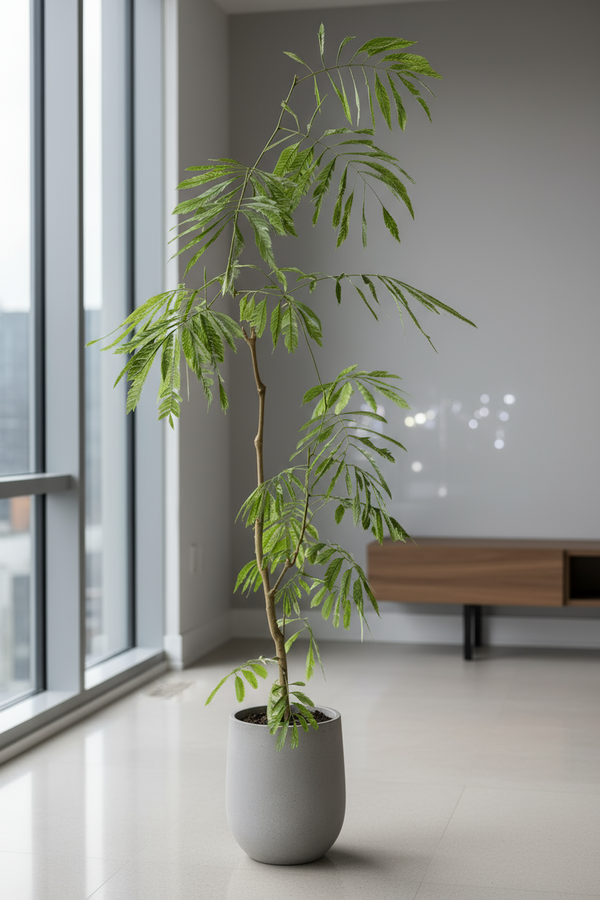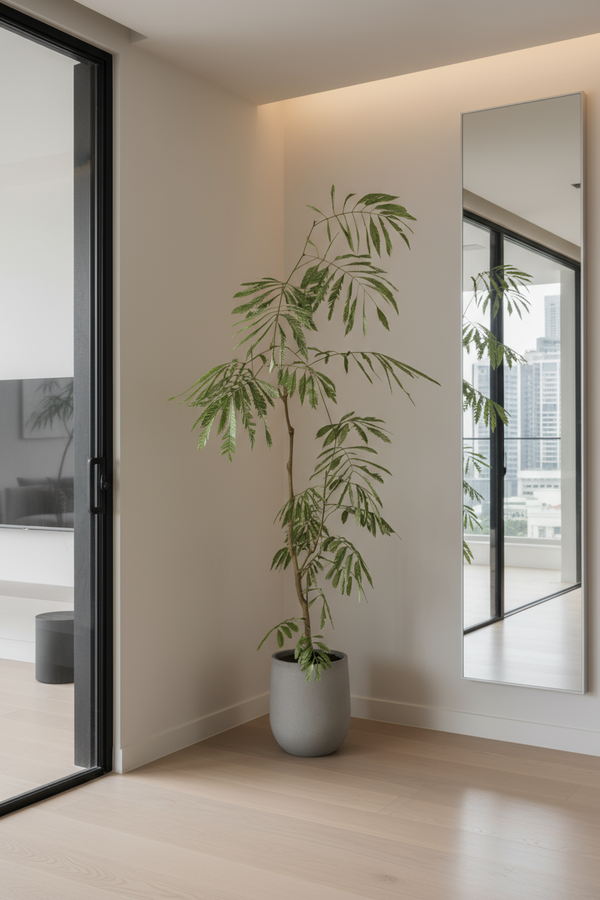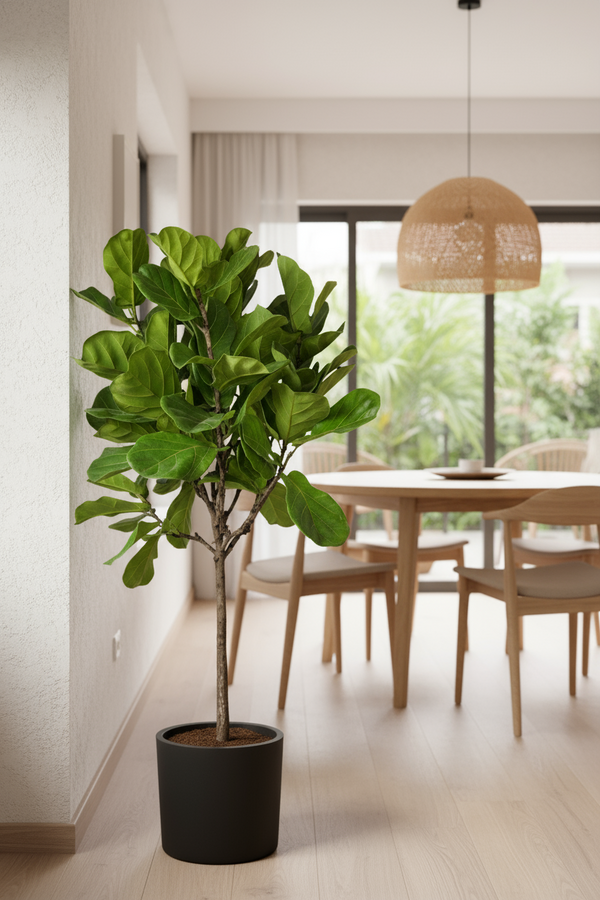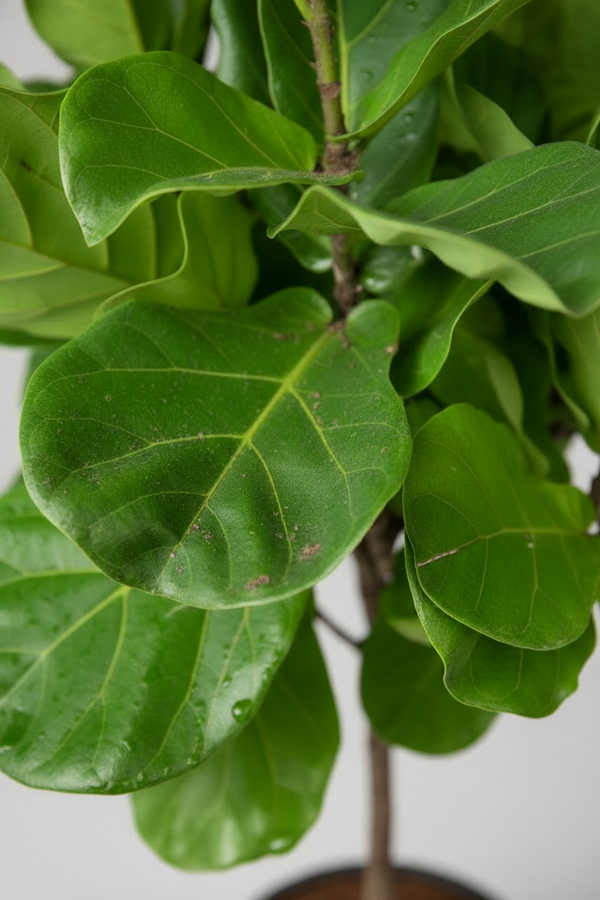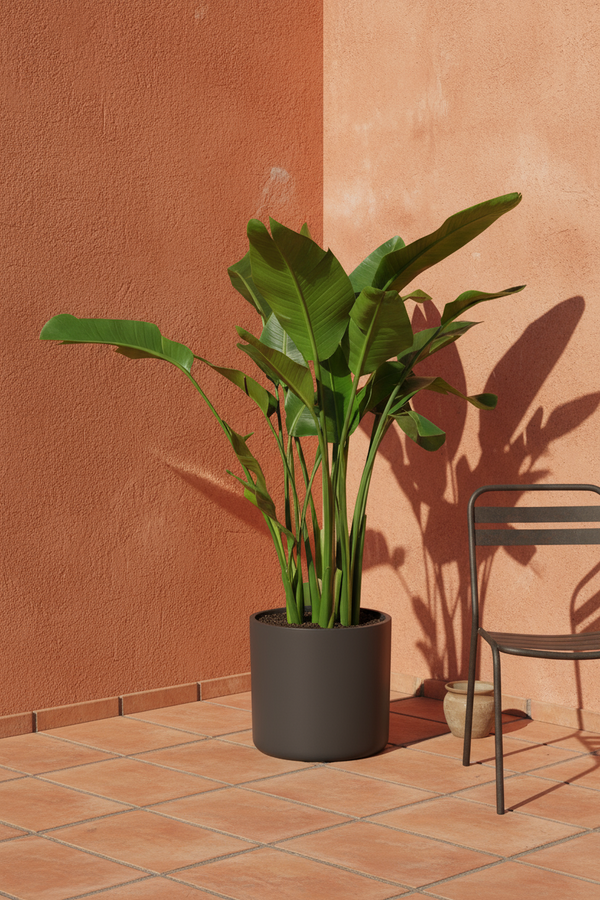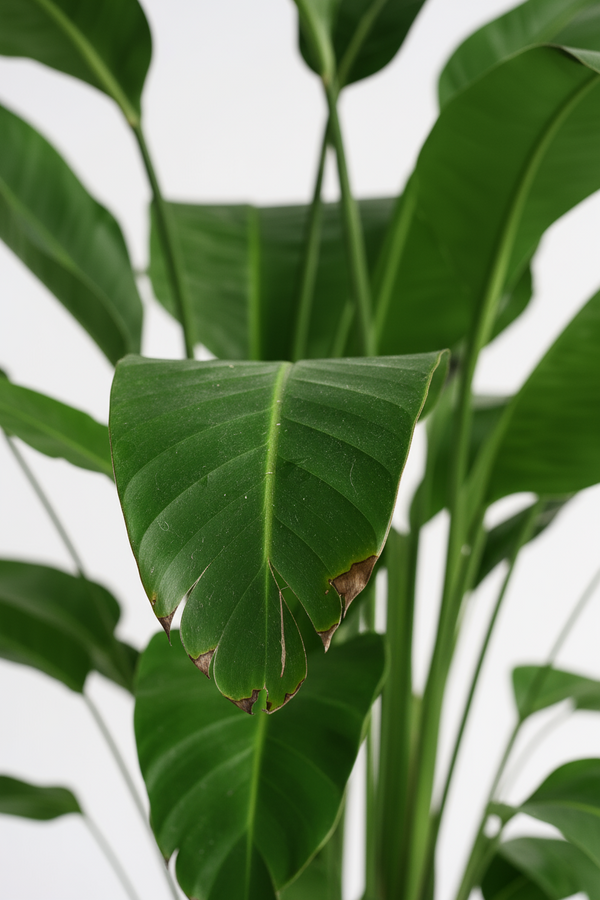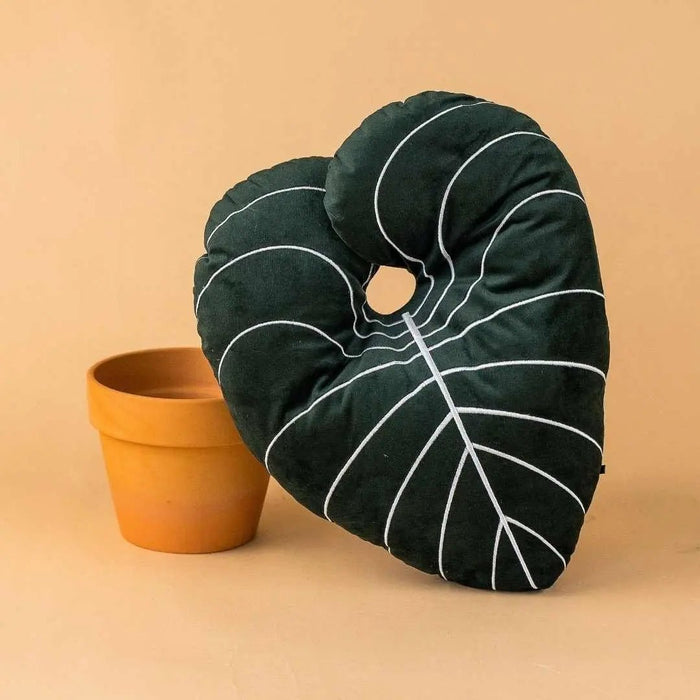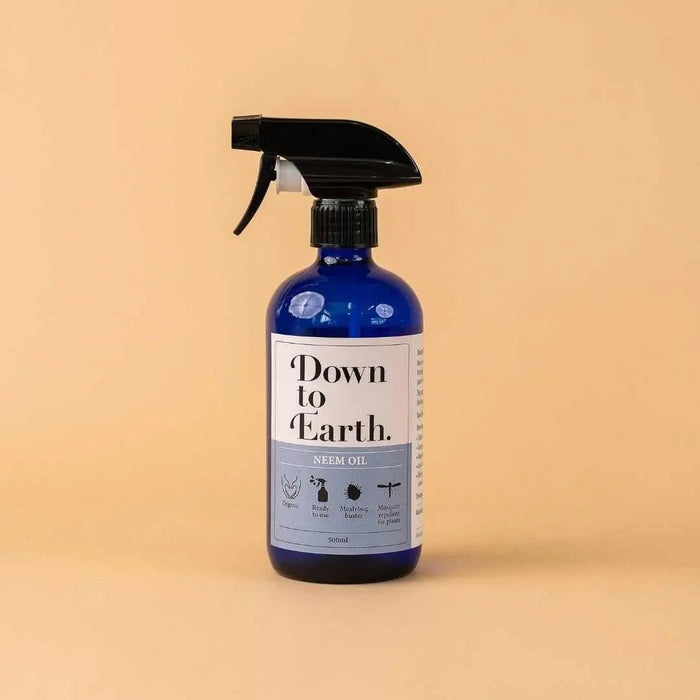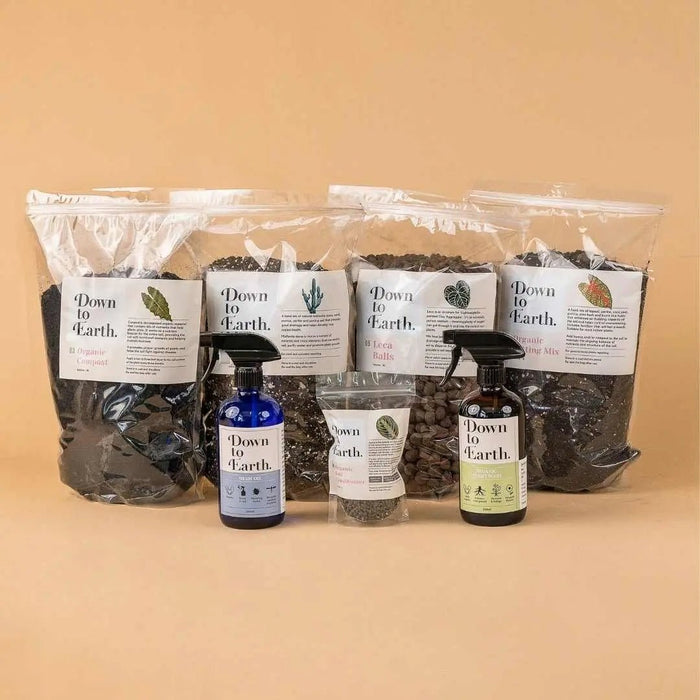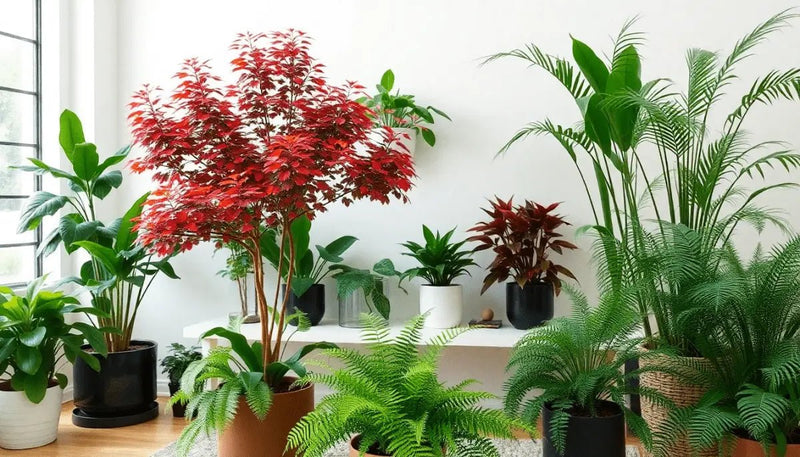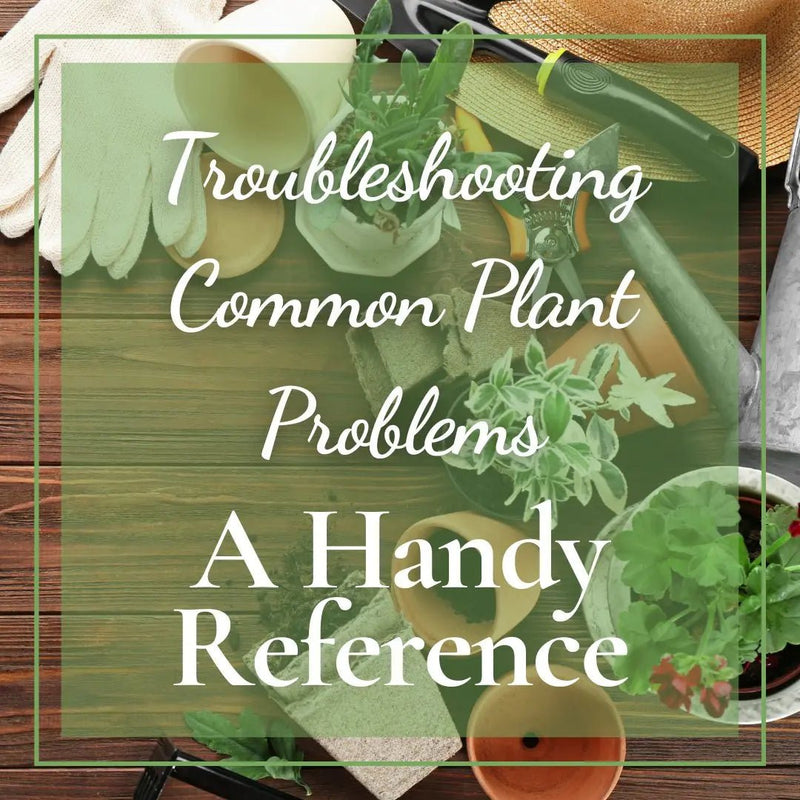The Role of Humidity in Plant Care: Tips for Different Climates
Posted on July 09 2024

Understanding the role of humidity in plant care is crucial for nurturing thriving indoor gardens, especially in varying climates. Humidity levels directly impact a plant's ability to thrive, affecting growth, flowering, and overall health.
In this guide, we will explore essential tips tailored to different climates, helping plant enthusiasts create optimal conditions for their green companions. Whether you reside in a dry desert climate or a humid coastal region, mastering humidity control can make a significant difference in your plant care routine.
Join us as we delve into the fascinating world of plant care and discover how to harness the power of humidity to cultivate lush, vibrant indoor gardens.
Understanding Humidity Levels
Ideal Humidity Levels for Different Types of Plants
Tropical Plants: High humidity levels are ideal for tropical plants such as ferns and orchids. These plants originate from humid environments and require moisture in the air to thrive. Maintaining a humidity level between 60-80% is recommended for tropical plants.

Succulents and Cacti: These plants thrive in low humidity environments. Succulents like cacti store water in their leaves and stems, making them well-suited for arid conditions. A humidity level of around 30-40% is suitable for succulents and cacti to prevent issues like root rot.

Herbs and Vegetables: Moderate humidity levels are best for herbs and vegetables. Most herbs and vegetables prefer humidity levels between 40-60%. Consistent moisture in the air helps in the healthy growth of these plants without promoting fungal disease.

Effects of Low and High Humidity on Plant Growth
Low Humidity: Can lead to wilting, stunted growth, and increased susceptibility to pests and diseases. Plants lose moisture rapidly in low humidity conditions, affecting their ability to absorb nutrients and carry out essential processes like photosynthesis. Regular misting or using a humidifier can help combat low humidity.
High Humidity: Excessive moisture in the air can cause root rot, fungal diseases, and poor nutrient uptake. High humidity levels create a favourable environment for pathogens to thrive, leading to issues like mould growth and nutrient deficiencies. Adequate air circulation and proper drainage can prevent problems associated with high humidity.
Maintaining the right humidity levels is crucial for the health and growth of your plants. Be sure to monitor and adjust humidity levels accordingly to ensure thriving plant life. Consider using a hygrometer to accurately measure humidity levels and implement appropriate measures to create an optimal growing environment for your plants.
Additional Information on Humidity Levels
Seasonal Variations: Humidity requirements for plants may vary with the seasons. During winter when indoor heating reduces humidity levels, consider using pebble trays filled with water to increase local humidity around plants.
Humidity-loving Plants: Some plants, like peace lilies and Boston ferns, thrive in high humidity environments. Creating a mini greenhouse effect by covering these plants with a transparent plastic bag can help maintain adequate humidity levels.
Humidity Control Methods: Apart from misting and humidifiers, grouping plants together can create a microclimate with higher humidity levels. Placing a bowl of water near plants or using a room humidifier can also help in maintaining optimal humidity levels.
By understanding the specific humidity requirements of different plants and implementing suitable measures, you can ensure a conducive environment for healthy plant growth and vibrant foliage.
Tips for Plant Care in Various Climates
Maintaining Humidity Levels in Dry Climates
- Choose plants that thrive in low humidity environments such as cacti and succulents.
- Group plants together to create a microclimate with higher humidity levels.
- Use a humidifier or pebble tray to increase moisture around plants.
Strategies for Dealing with High Humidity in Tropical Climates
- Opt for plants that are adapted to high humidity like ferns and orchids.
- Ensure good air circulation to prevent fungal growth.
- Wipe plant leaves regularly to avoid moisture-related diseases.
Plants are highly adaptable organisms, but they do have specific needs when it comes to humidity levels. In dry climates, where moisture is scarce, it's crucial to select plants that can thrive in such conditions. Cacti and succulents are excellent choices as they have evolved to store water efficiently. Additionally, grouping plants together can create a more humid microclimate, benefiting all the plants involved.
On the other hand, tropical climates present the opposite challenge with high humidity levels. To tackle this, opt for plants that naturally thrive in such environments like ferns and orchids. Adequate air circulation is key to prevent fungal issues that can arise from excess moisture. Regularly wiping plant leaves can also help prevent diseases caused by prolonged dampness.
Understanding and managing humidity levels is essential for plant care in varying climates. By following these tips and utilizing the recommended products, plant enthusiasts can create the perfect environment for their green companions.
Adapting Plant Care to Seasonal Changes
Adjusting Plant Care Routines Based on Seasonal Humidity Variations
As the seasons change, so do the needs of our beloved plants. It's essential to adapt our plant care routines to ensure they thrive all year round. One crucial aspect to consider is the impact of seasonal humidity variations on plant health. In this section, we will explore how to adjust plant care practices to accommodate these changes.
Understanding Seasonal Humidity Variations
Seasonal humidity variations can have a profound impact on plant growth and health. During the summer months, high humidity levels can create a breeding ground for fungal diseases, while low humidity in winter can lead to dry and stressed plants. By understanding these variations, gardeners can proactively adjust their care routines to provide optimal conditions for plant growth.
Tips for High Humidity
In regions where humidity soars during certain seasons, it's crucial to take preventive measures to protect plants. Proper air circulation, avoiding overwatering, and selecting plant varieties that are more resistant to fungal diseases can help mitigate the risks associated with high humidity. Additionally, regularly inspecting plants for signs of disease and promptly addressing any issues can prevent widespread damage.
Strategies for Extreme Weather Conditions
Extreme weather events, such as heatwaves and frost, can wreak havoc on gardens. To safeguard plants during these times, consider using protective coverings, mulching to regulate soil temperature, and providing adequate watering to combat dehydration. For potted plants, moving them to a sheltered location or indoors during extreme weather can offer added protection.
Adapting Plant Care to Seasonal Changes
Adapting plant care routines based on seasonal changes is a vital aspect of maintaining a healthy garden. Understanding the specific needs of plants during different times of the year can significantly impact their overall well-being. By adjusting watering schedules, fertilisation routines, and monitoring for pests and diseases, gardeners can ensure their plants receive the care they require to thrive.
Protecting Plants During Extreme Weather Conditions
When faced with extreme weather conditions, gardeners must take proactive steps to protect their plants. Installing shade cloth during heatwaves, providing frost protection for vulnerable plants, and using windbreaks to shield against strong winds are effective strategies. Additionally, having a plan in place to move delicate plants indoors or to a sheltered area can prevent damage during severe weather events.
Understanding the role of humidity in plant care is crucial for ensuring the health and growth of your plants, especially in varying climates. By following the tips provided for different humidity levels, plant enthusiasts can create optimal conditions for their green companions to thrive. Remember, whether you live in a humid or dry climate, adjusting your plant care routine to accommodate humidity levels can make a significant difference in the well-being of your plants.






